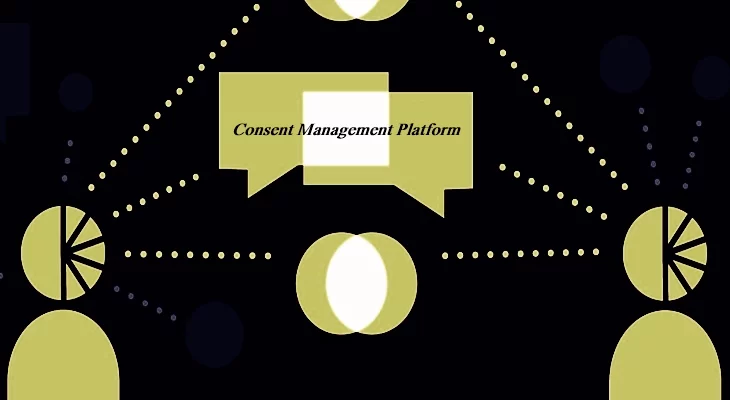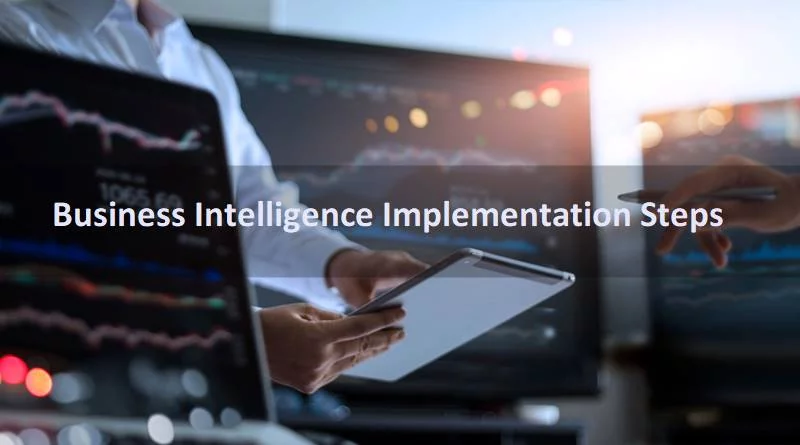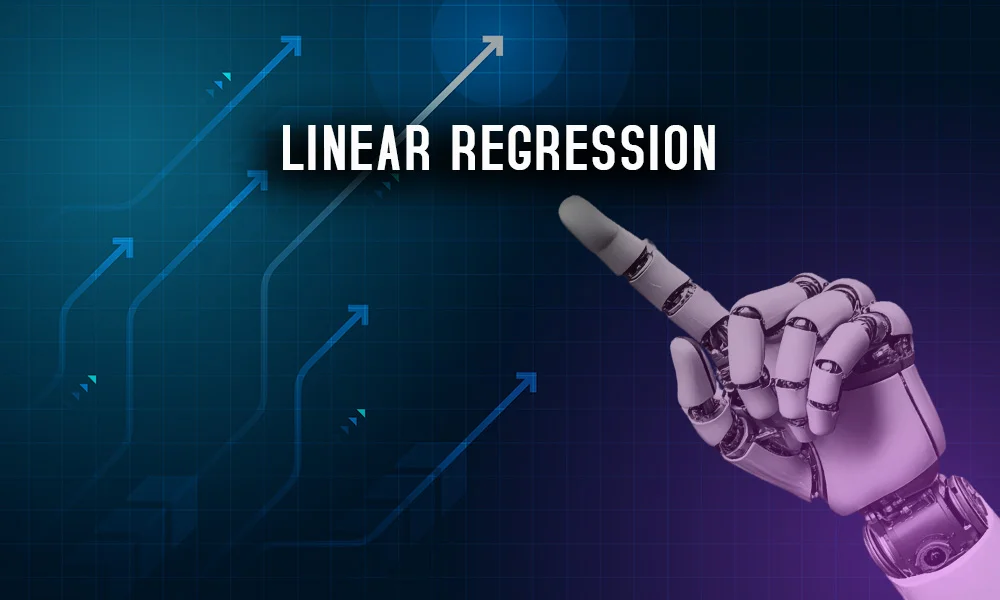Over the previous year, it looks the leading word that was going all over the place was “consent.”
The primary driver, of course, is the value of that term in the recently implemented General Data Protection Regulation (GDPR).
To accomplish all of those user consents, there is the consent management platform or CMP. (Content management platforms will have to go back to being called content management systems.)
Despite the fact consent managing systems have come online starting at least a year before, a number of the current crop are being built for compatibility with the Interactive Advertising Bureau (IAB)’s new Consent Management Agenda.
Presently, there are around a hundred accepted CMPs. Proclaimed in March, the IAB Consent Management Framework is intended to present consent options to visitors of websites (and, eventually, mobile apps), to capture consent about the use of personal data and the authorized vendors, and then to communicate that consent profile to relevant ad tech vendors in the ecosystem.
Consent Management Platform (CMP) is a platform that can be used by the publishers,
- For receiving, requesting, and storing users’ consent.
- For keeping the list of ideal vendors along with why they’ve been gathering the users’ information.
A user can set their consent position for all the vendors (Separately or in majority mode) on a publisher’s site. CMPs will employ a user-friendly interface to let consumers permit/prohibit vendors to track, target, share their online impression.
Why does a publisher need a Consent Management Platform (CMP)?
Usually, publishers, directly and indirectly, gather a set of information (Both PII and non-PII) to target ads and provide personalized Ad/Content experience to a user.
As per GDPR guidelines, publishers have to “unequivocally” get the users’ consent for gathering, processing and using their data. That’s where the Consent Management Platform comes in. Of course, we’re mentioning to EU users.
Without CMPs, a publisher might take a deep revenue cut, as digital publicity is the primary source of revenue for countless publishers.
Is it obligatory for publishers to work with a CMP?
Indeed not, it is innocuous to have a specific entity in place. Also, publishers may choose to act as a CMP.
What is obligatory to keep-in-mind?
- The system is flexible. It means IAB Europe is preparing to enhance the rules and regulations, technical standards, etc. grounded on the feedback from the market.
- CMPs will be rising over the EU region similar to SSPs and DSPs. Top publishers, who are capable of sustaining a dedicated in-house for consent management can try to evade outside assistance. Once it arises to the mid-range market, it is sensible to partner with the listed CMPs. Besides, there are a few open-source CMPs present in the market (similar to prebid), by the support of which mid-market publishers can modify and implement CMPs in-house.
- The thoroughgoing validity of a user consent should be of 13 months.
- Publishers have adequate control, even after they partner with an outside CMP. They choose UI, vendors, information sharing, etc.
Here‘s how the Consent Management Platform distributes the consent to the ecosystem.
“Choice and transparency are vital, and the industry wants to hold these types of changes. Going onward, consent management platforms will be an important part of a programmatic strategy, if publishers want to benefit from the revenue.”
Also Read: List of Top 7 DMP Tools





